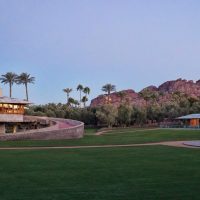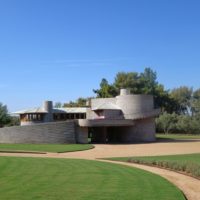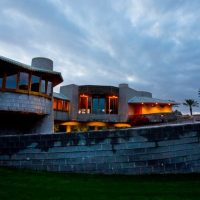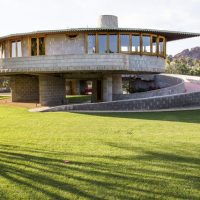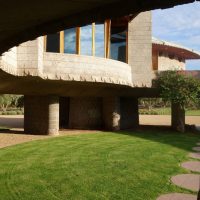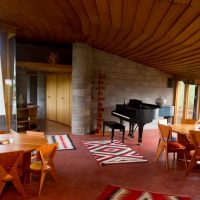In the early 1950s, Frank Lloyd Wright designed a house for his son in the Tony Arcadia neighborhood of Phoenix—Arizona, and years later…poof!! It went off the grid!! The great architect had created the house in the 1950s for his son, David, and his daughter-in-law, Gladys. Many years later, the outstanding house vanished behind the thick abandoned trees and vines. It remained that way till 2009 when the family heirs decided to sell it. To the dismay of Wright’s fans, the house was bought by developers who wished to demolish it and build two spec houses instead.
Read more:
‘6 Houses Designed by Famous Architects to be Their Family Homes’
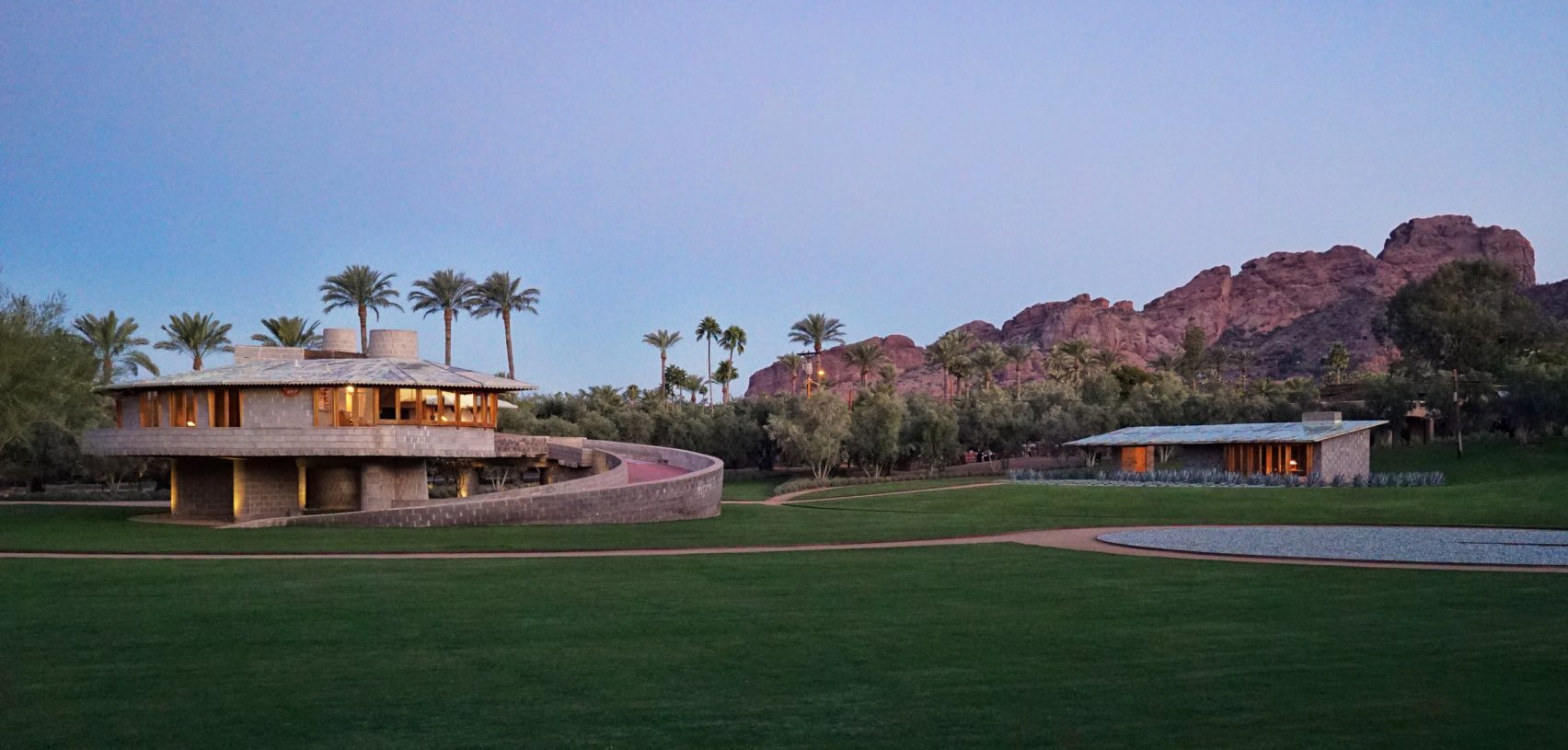
Courtesy of the Frank Lloyd Wright Building Conservancy
A public turmoil in 2012 helped save the Wright’s dwelling. Afterward, the house was bought by a builder from Las Vegas who founded a non-profit organization to salvage the house.
Zach Rawling, who is a local millionaire in the construction business, decided to buy the house and save it from demolition. He wished to transform it into a facility with educational and artistic purposes that would contribute to the cultural development of the area. Furthermore, he wished to share the dwelling with the community members so that they can experience the uniqueness of its design the way he did as a kid when he visited the house with his mother.
“I wanted people to be inspired and hopefully bring some of Wright’s creativity into their lives,” explained Mr. Rawling.
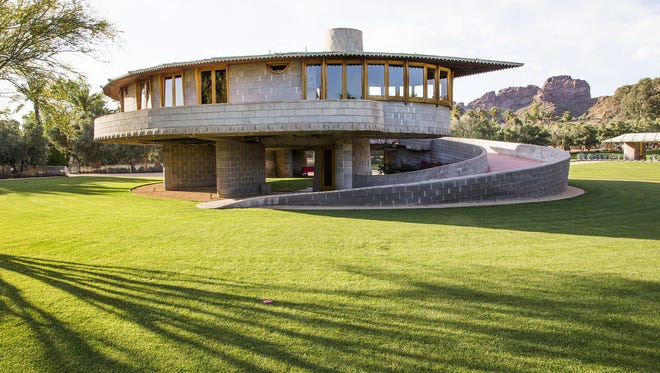
Cheryl Evans/The Republic
Rawling got an opportunity to fulfill his wish when he found out that the School of Architecture in Taliesin, which was founded by Wright in 1932, was facing accreditation problems. Coming to know that, Mr.Rawling stepped in to kill two birds with one stone and decided to partner with the school, giving them the house as a headquarters. The school, which provides educational activities and programming courses, will utilize the Wright house as an architecture lab. Currently, the school students are focusing on projects that aim to repair the leaking ceiling and some rusty metal elements in addition to reestablishing the old pool. 24 of the students are expected to start school at the residence this autumn.
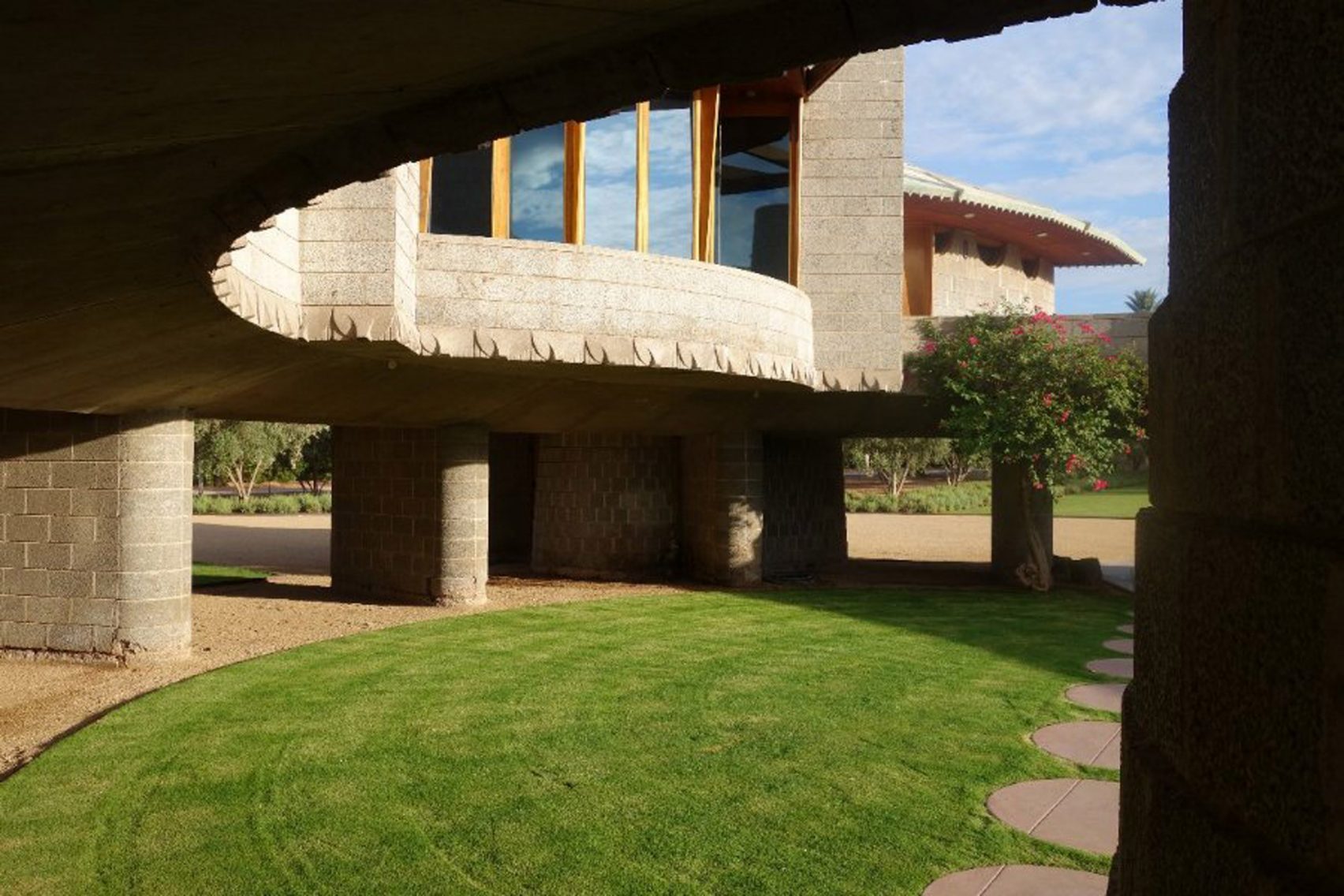
Courtesy of the Frank Lloyd Wright Building Conservancy
The house has an area of 2,500 square feet, and it comprises three bedrooms and two bathrooms. Wright located it in the midst of 10 acres of citrus trees and later added a guest house to it. The main house also has a great view of Camelback Mountain. The citrus trees had mostly perished when Zack Rawling bought the house. When David and his wife became too old to groom the orchard, they abandoned it so the greenery died.
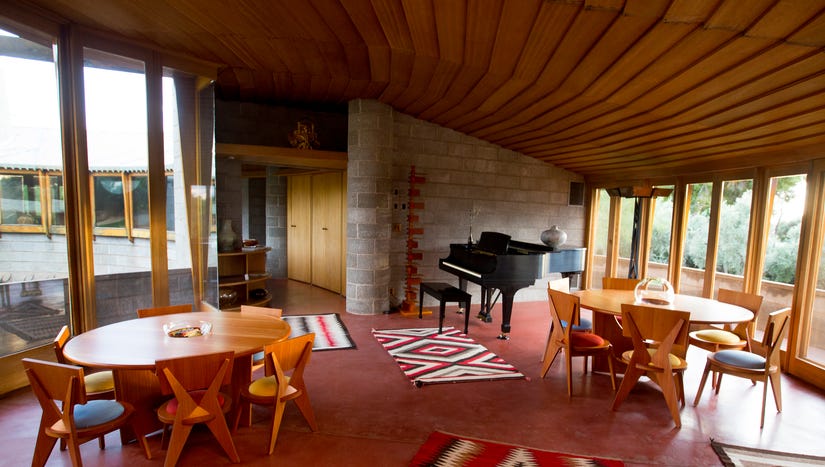
Cheryl Evans/The Republic
It took Frank Lloyd Wright 45 minutes to design the house on a piece of paper and he called it “How to Live in the Southwest”. The name highlights the nature of the design that allowed the residents to enjoy the breeze and the view of the mountains. The residence was completed in 1952 to be a trial and a predecessor of the famous Guggenheim Museum spiraling design.
[irp posts=’307681′]
The team responsible for the revamp of the house included Wallace Cunningham, an architect from San Diego who graduated from the Frank Lloyd Wright School of Architecture in Arizona. The team also included Berghoff Design Group which is a landscape design company. Many of the materials used to build the house remain until today, like the windows’ wooden frames and the concrete block. Wright wished to use copper for the roof; however, copper was going to come in late due to the Korean War, so he used galvanized metal instead.

Cheryl Evans/The Republic
The house’s ramp would lead guests to the main door and spirals up to lead to a roof deck. Block piers filled with concrete support the house’s floors which are made of reinforced concrete. The areas in between the block piers serve as a car parking space. The residence includes a storage and laundry room which are accessed from the carpark. There is, also, an interior stairway that leads to a kitchen, in addition to a balcony that surrounds and embraces the bedrooms as well as the living room.
There are thoughts of re-establishing the swimming pool which once existed where the current courtyard is. The master suite was designed to cantilever from the piers giving the house a majestic appearance especially at night. A Frank Lloyd Wright’s original rug design decorated the dining and living room, but it was sold in an auction by the current owners.
- Courtesy of the Frank Lloyd Wright Building Conservancy
- Courtesy of the Frank Lloyd Wright Building Conservancy
- Cheryl Evans/The Republic
- Cheryl Evans/The Republic
- Courtesy of the Frank Lloyd Wright Building Conservancy
- Cheryl Evans/The Republic


